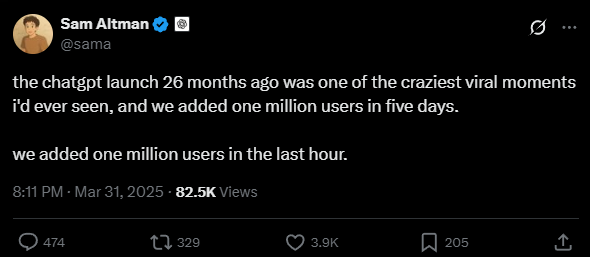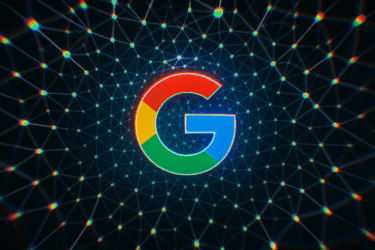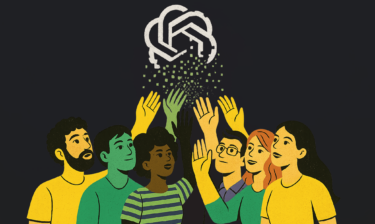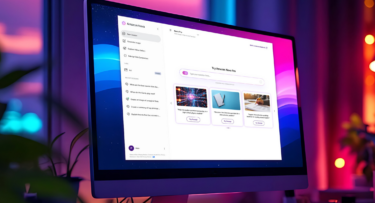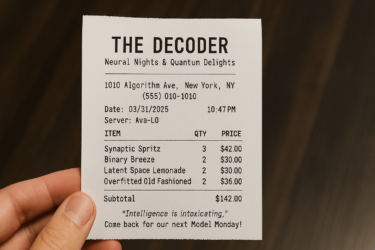Author HubMatthias Bastian
OpenAI has unveiled its new OpenAI Academy, a free educational platform offering dozens of hours of video content and live events designed to teach AI fundamentals and practical skills. The Academy requires no payment or prerequisites to join. The current course lineup includes practical programs like "ChatGPT on Campus," "ChatGPT at Work," "Sora Tutorials," "AI for K-12 Educators" and "Prompt Engineering". While the content is currently only available in English, OpenAI says it plans to add support for other languages soon. There are no certificates or formal accreditations offered at this time.
OpenAI's ChatGPT continues to see rapid user growth, with paying subscribers increasing 30 percent to 20 million users in just three months, according to The Information. The service now generates approximately $415 million monthly, putting it on track for $5 billion in annual revenue. The platform's total weekly user base grew even faster, reaching 500 million users. The proportion of paying users dropped from 5 to 4 percent. OpenAI revealed these figures while seeking $40 billion in funding at a $260 billion valuation. Despite the strong revenue growth, profitability remains elusive as the company increases investments and serves more free users. OpenAI CEO Sam Altman expressed concerns about capacity issues, warning that these constraints could lead to delayed product launches and service disruptions. The service added one million new users within a single hour, according to Altman, likely fueled by the hype about Ghibli-style image generation.
OpenAI has temporarily stopped offering video generation to new Sora users amid overwhelming traffic to its services. The pause comes as the company grapples with intense demand for its new GPT-4o image feature following a viral Ghibli moment that OpenAI says is "melting GPUs". The restrictions only affect video capabilities - new users can still generate images through the service. The scale of demand becomes clear through OpenAI CEO Sam Altman's revelation that ChatGPT has gained more than one million new users "in the last hour." Despite the limitations for new accounts, OpenAI has actually expanded access for existing users. ChatGPT Plus, Team, and Enterprise subscribers can now create unlimited videos without spending credits, marking a significant shift in how the company offers video generation capabilities.
